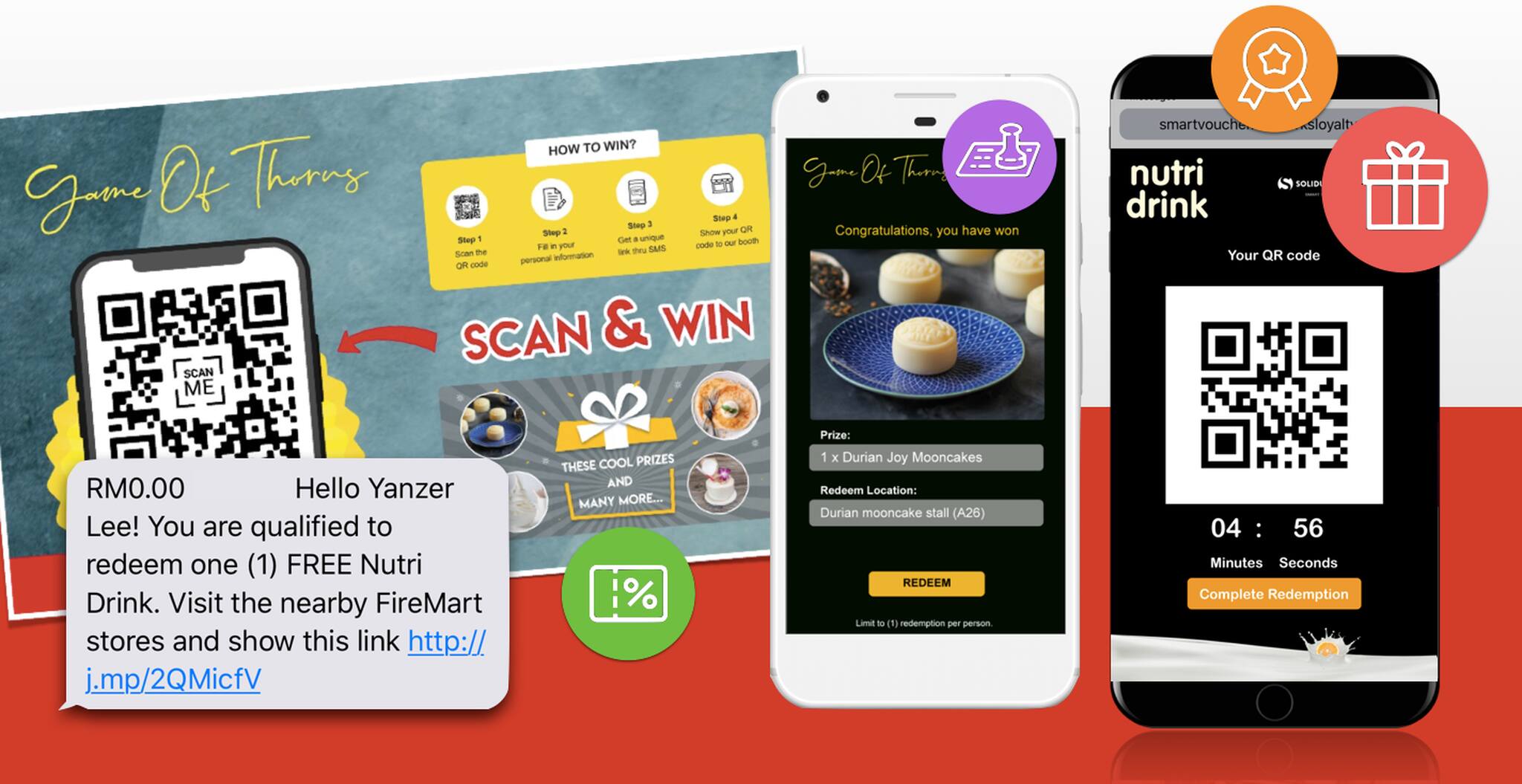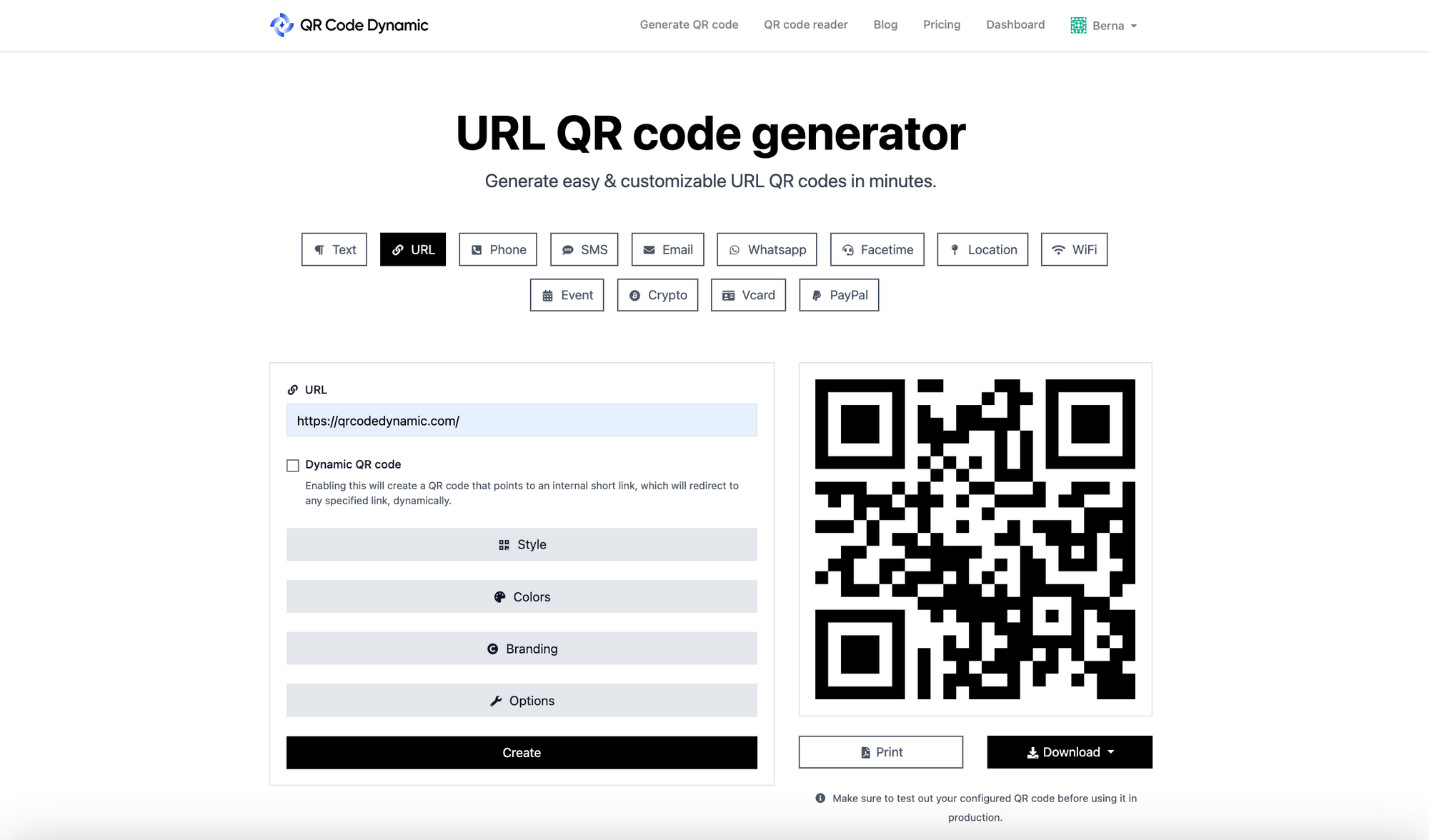Commitment System Insights: Rewarding Clients and Growing Your Brand
Loyalty programs have actually advanced beyond mere transactional rewards; they now function as critical devices for promoting deeper customer partnerships and improving brand loyalty. By recognizing the subtleties of different reward systems, businesses can customize their strategies to fulfill varied customer choices. The influence of a well-implemented commitment program expands past consumer retention, driving campaigning for and forming brand perception in a competitive industry. The efficiency of these programs hinges on specific involvement methods and measurable end results. What key variables should brand names consider to optimize their commitment initiatives?
Recognizing Loyalty Programs

By evaluating this data, organizations can customize their offerings to better fulfill client needs, developing a much more customized shopping experience. This customization is crucial in developing count on and emotional links, which are crucial for brand name commitment. Commitment programs can improve customer involvement with unique offers, incentives, and experiences that reverberate with customers, reinforcing their dedication to the brand.
Additionally, commitment programs can add to raised client life time value, as faithful and completely satisfied customers are more probable to make frequent purchases and refer others. Inevitably, when implemented successfully, commitment programs not only incentivize instant sales yet also cultivate an area of brand supporters, thus driving sustainable development for companies in an affordable market.
Sorts Of Award Equipments
Different kinds of incentive systems exist within loyalty programs, each created to deal with different consumer choices and company objectives. One popular strategy is the points-based system, where clients earn points for every single purchase, which can later on be retrieved for discounts or products. This model encourages repeat deals and promotes a sense of accomplishment as clients build up points.
One more efficient type is tiered benefits, which incentivizes customers to reach higher levels of loyalty. As clients advance with tiers, they unlock progressively useful advantages, consequently boosting consumer interaction and retention. This system awards both preliminary costs and continuous loyalty, making customers feel valued.
Cashback rewards are additionally widespread, offering consumers a percentage of their acquisition back as cash money or credit rating. This straightforward method attract price-sensitive consumers and can drive more frequent purchases.
Lastly, experiential incentives provide one-of-a-kind experiences, such as exclusive events or very early access to products. These rewards develop remarkable communications with the brand name, promoting deeper psychological connections.
Each of these systems offers distinctive advantages, permitting organizations to tailor their loyalty programs to line up with their customer demographics and strategic goals.

Benefits of Carrying Out Commitment Programs
Implementing loyalty programs provides many benefits that can significantly improve an organization's relationship with its customers. One of the most notable benefits is the increased customer retention rate. By gratifying repeat purchases, businesses foster a sense of belonging, encouraging consumers to return extra regularly. This not just minimizes advertising expenses connected with obtaining new customers but additionally boosts general earnings.
In addition, commitment programs allow companies to accumulate useful data on consumer preferences and purchasing actions. This information can be analyzed to customize advertising efforts, causing more effective and personalized projects. The insights obtained can assist businesses recognize trends, optimize item offerings, and enhance customer fulfillment.
Additionally, commitment programs commonly create an one-upmanship in crowded markets. By establishing a strong loyalty structure, companies can separate themselves, drawing in consumers who prioritize brand names that worth their loyalty.
Finally, a well-structured commitment program can promote brand name campaigning for. Faithful clients are more likely to suggest try this out a brand name to others, efficiently transforming them into brand ambassadors. In verdict, implementing loyalty programs is a strategic step that can yield considerable advantages, eventually driving lasting company development and success.
Techniques for Reliable Involvement
Effective interaction is pivotal for optimizing the benefits of loyalty programs and guaranteeing continual consumer interest. Loyalty System. To promote meaningful links, businesses ought to take on a multi-faceted approach that stresses worth, customization, and communication
First, leveraging consumer information to develop customized experiences improves interaction. By examining acquisition background and choices, brand names can use tailored incentives or referrals that reverberate with specific consumers. This targeted strategy not just raises fulfillment however likewise motivates repeat interactions.
Second, regular and transparent interaction is essential. Making use of various networks, such as e-mail newsletters, social media, and mobile applications, makes certain consumers are notified regarding promos, incentives, and program updates. Regular messaging maintains the brand name top-of-mind and enhances the value of loyalty engagement.
Lastly, integrating gamification aspects can dramatically improve involvement. Attributes such as point build-up, challenges, and tiered benefits produce a feeling of accomplishment and exhilaration, motivating clients to engage even more proactively with the program.
Including these techniques grows a faithful client base, driving continual development and brand fondness while making the most of the possibility of commitment programs. By focusing on effective interaction, services can reinforce links and improve the general consumer experience.
Determining Success and ROI
To precisely evaluate the efficiency of commitment programs, services need to establish clear metrics for determining success and go to this web-site roi (ROI) Key efficiency indicators (KPIs) such as client retention rate, average order value, and the frequency of repeat purchases offer quantifiable understandings right into program performance.
In addition, tracking the total impact on customer lifetime value (CLV) is redirected here critical. A successful loyalty program must enhance CLV by cultivating client loyalty and motivating repeat transactions (Loyalty System). Organizations should also take into consideration the price of keeping the program and executing against the profits generated through devoted clients
One more beneficial technique is to examine consumer involvement metrics, such as involvement prices in loyalty tasks and the redemption of incentives. This information allows firms to fine-tune their offerings and boost consumer experiences.
Moreover, using sophisticated analytics and client responses can further support the evaluation of commitment program efficiency. By incorporating qualitative insights with measurable information, companies can readjust approaches to optimize efficiency. Inevitably, a thorough dimension structure will certainly enable organizations to comprehend truth worth of their commitment programs and make informed decisions for future development.
Final Thought
In verdict, loyalty programs serve as a crucial system for boosting customer interaction and fostering brand name loyalty. The strategic execution of these programs not just increases customer retention but likewise transforms pleased consumers right into supporters, contributing to brand name development and competitive advantage.
Commitment programs have actually advanced past simple transactional incentives; they currently offer as tactical devices for promoting much deeper consumer relationships and improving brand commitment. As clients progress through rates, they unlock significantly valuable advantages, consequently boosting consumer interaction and retention. An effective loyalty program must boost CLV by cultivating client commitment and motivating repeat purchases.In verdict, loyalty programs offer as an essential system for enhancing client interaction and cultivating brand name loyalty. The strategic execution of these programs not just increases customer retention yet also changes pleased consumers into supporters, adding to brand growth and competitive benefit.